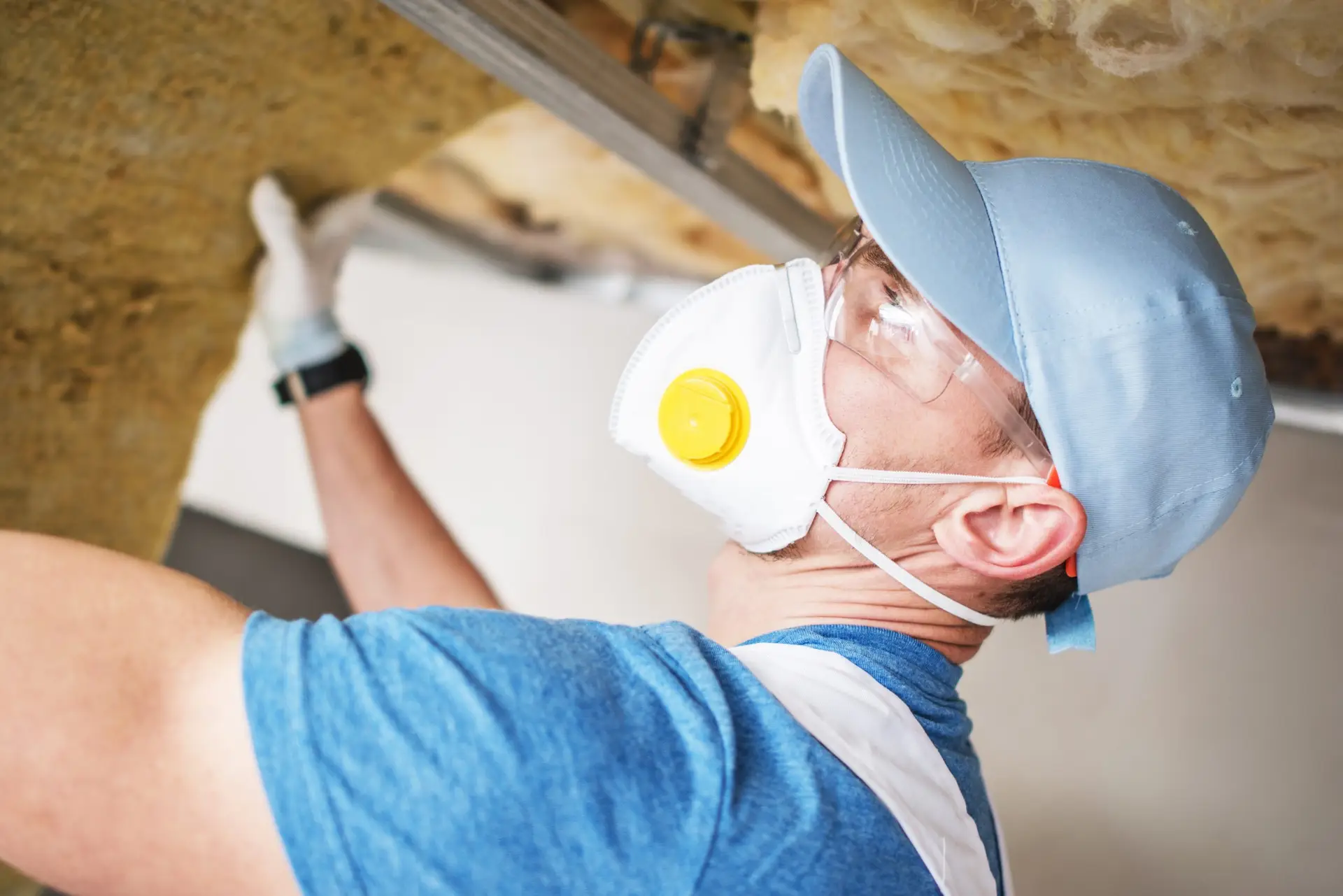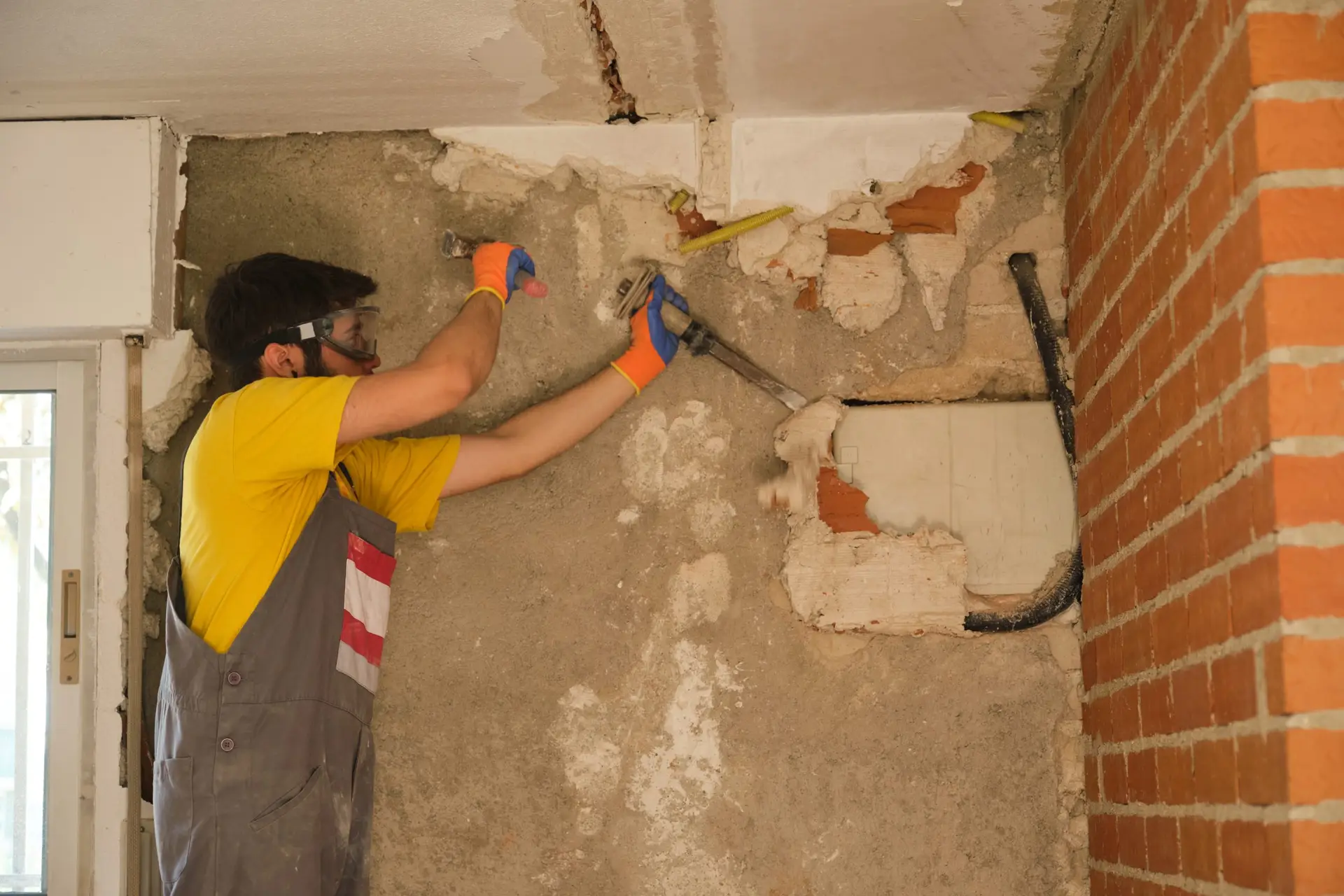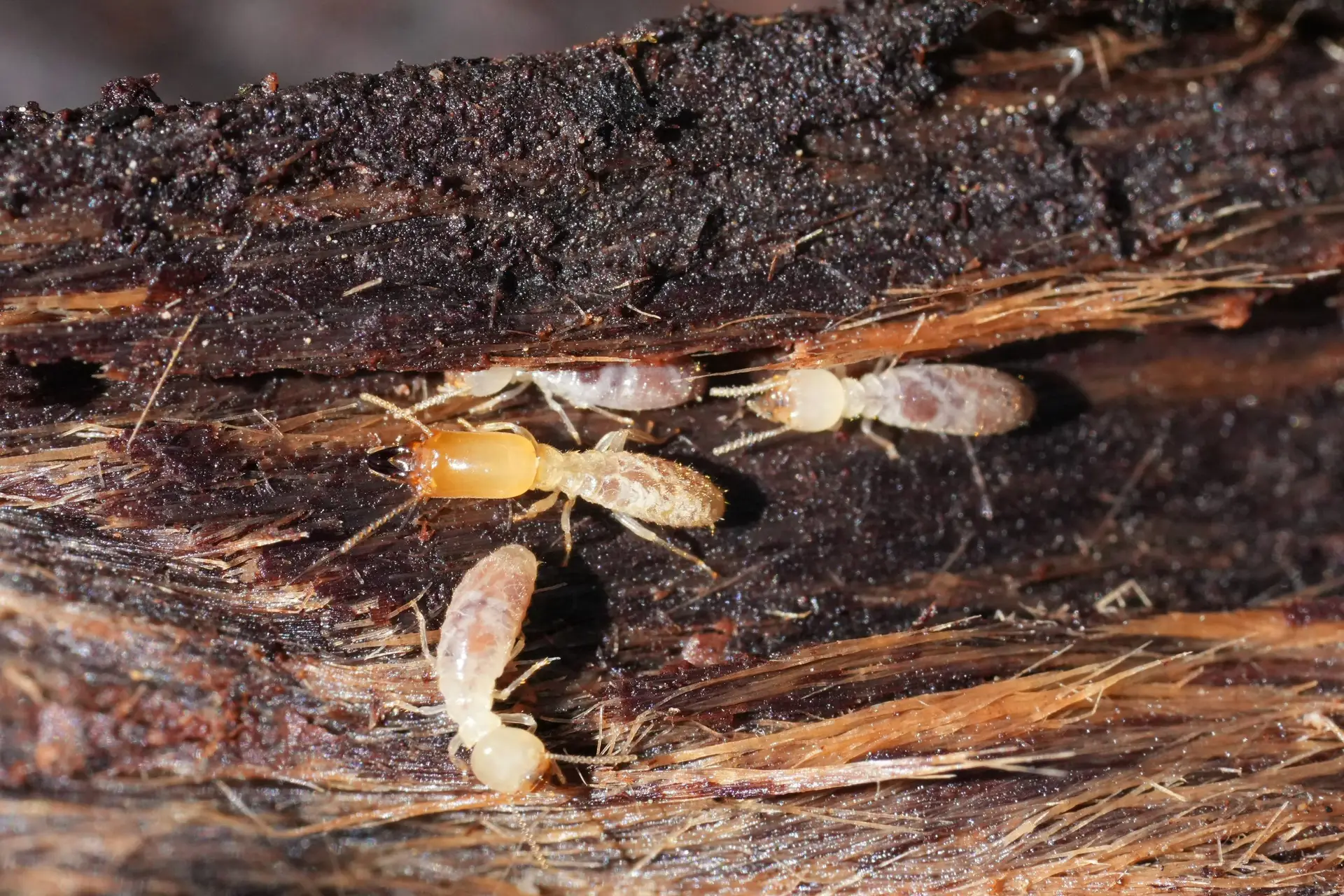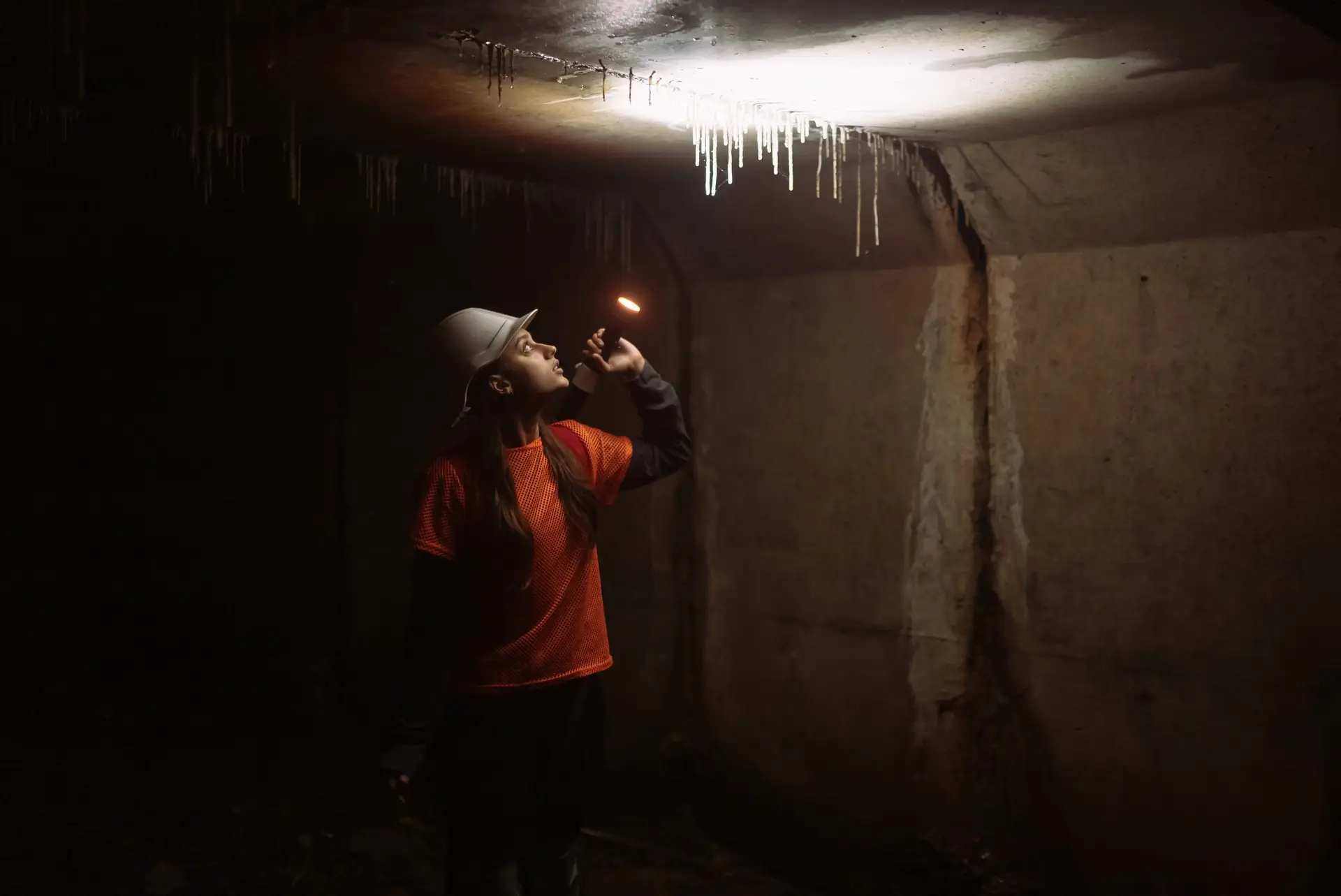Crawlspace News
Blog Posts
November 13, 2025,
by
August 14, 2025,
by
November 13, 2025,
by
What Are You Waiting For?
We Solve Crawl Space Issues!
Get reliable crawl space repair services at an affordable price, provided with the high level of service you deserve.












